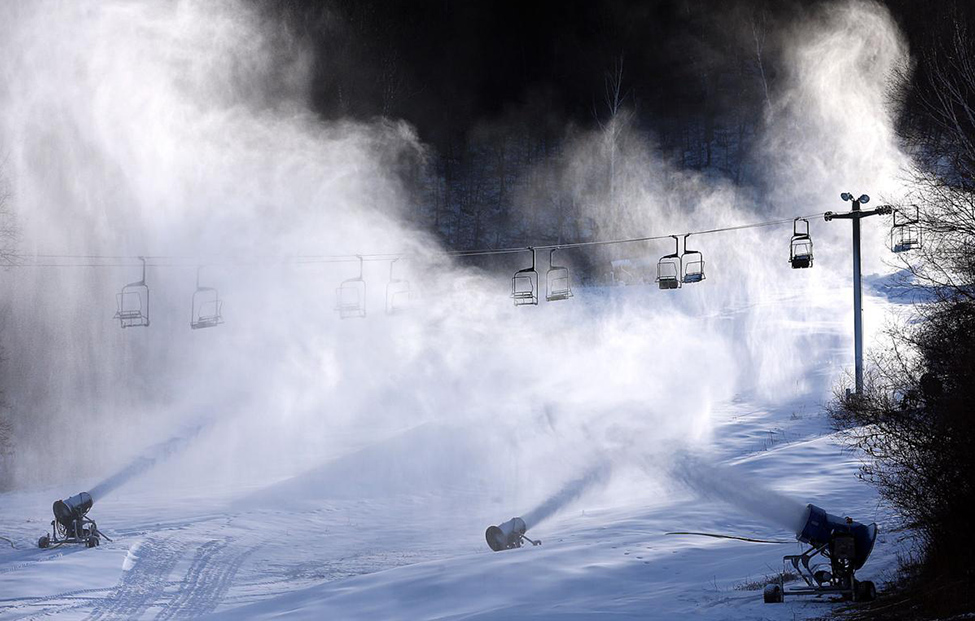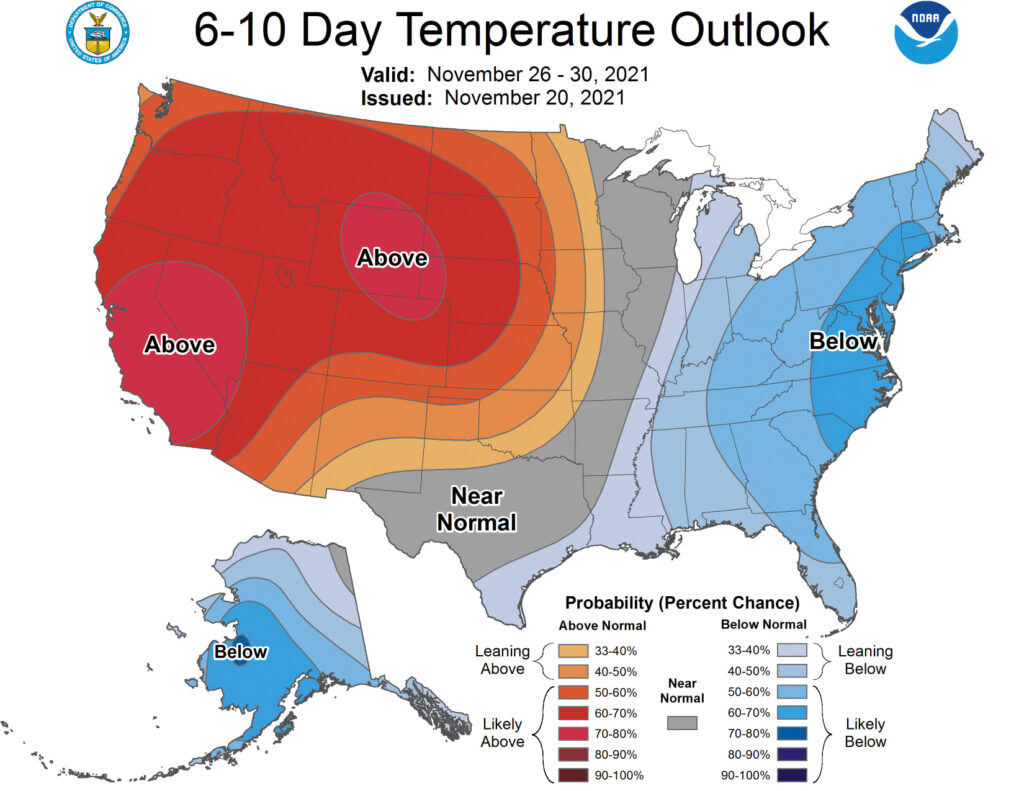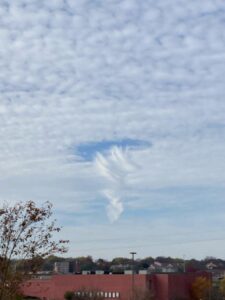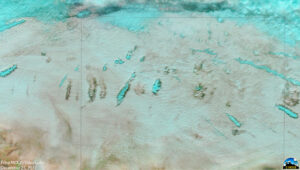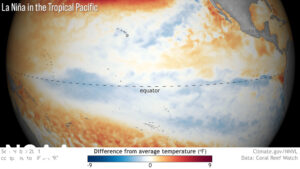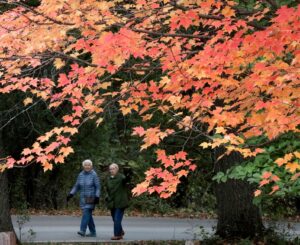
The pre-winter months of September-October-November (SON) have recently come to an end with some points of interest to be made about the average temperature both locally and around the entire Northern Hemisphere.
Here in Madison, these three months have been quite distinct from each other with September’s average temperature rising 1.7 degrees above normal and October’s rising to 5.5 degrees above normal.
This increasingly warmer start was halted in November, when the average temperature was 1.1 degrees below normal for the month.
The highest temperature during these three months was 88 on Sept. 19, and the last day with a temperature at or above 80 was Oct. 1 (84 degrees).
Oct. 20 was the last day at or above 70 (73 degrees). Two mornings later we had our first below-freezing morning at 31 degrees on Oct. 22. The day after Thanksgiving we got down to 13 degrees, which is the coldest morning of the season thus far.
One way to characterize the temperature around the whole hemisphere is to consider the areal extent of air that is 23 degrees or colder at 850 hectopascals (hPa), a pressure level about 1 mile above sea-level. We have reliable such data back to 1948, and this year’s SON had the 15th-smallest average areal extent since that time, making it the 15th-“warmest” SON in the last 74 seasons. In fact, this year from Oct. 25-28, the hemisphere recorded the smallest areal extents in history for those calendar days.
Thus, for nearly half a week in late October, the Northern Hemisphere was warmer (at 850 hPa) than it has been since at least 1948.
What these rather topsy-turvy autumn temperatures might mean for the coming winter, even hemispherically, is not at all clear. In some years a relatively warm autumn is followed by a much colder winter, whereas in others the warmth of autumn continues unabated throughout the winter.
Steve Ackerman and Jonathan Martin, professors in the UW-Madison department of atmospheric and oceanic sciences, are guests on WHA radio (970 AM) at 11:45 a.m. the last Monday of each month. Send them your questions at stevea@ssec.wisc.edu or jemarti1@wisc.edu.

